I was watching Robert Redford’s flick, Havana, which is a fictional yet enlightening portrayal of Havana’s socio-economic situation in the throes of the 1959 Revolution. In the movie, the two American lady tourists, clearly looking for sleazy fun, pleaded the fictional character Jack Weil (played by Redford) to show them the real Havana. Weil then proceeded to show them the city’s risqué side, the old and decadent Red Light Havana.
Since I have time to burn, I concerned myself with trying to unravel the mysteries of the unsavory past of Havana’s red light district. Yet, unraveling it from inside Havana is a bit tricky than I thought. Asking questions about unsavory matters from more than fifty years ago do not really attract a lot of enthusiasm. I found out that this is a subject that most people seem to have conveniently forgotten.
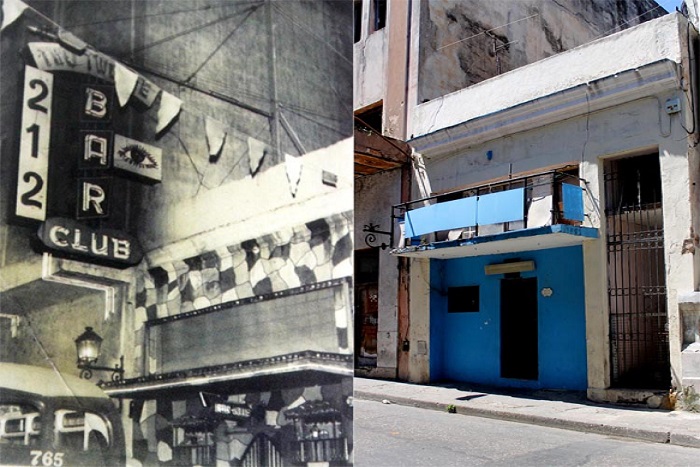
I took my cue from the aforementioned movie wherein Hotel Lido was prominently portrayed. In the movie, a fictional Mafioso named Joe Volpi ran the casinos for Meyer Lansky, a real-life Mafioso who ran Havana’s casinos in the 1950s. The hotel was the key to the whole research. Located in Avenida Consulado in the rundown district of Centro Habana, Hotel Lido lie smack at the center of Havana’s old red light district in Consulado. In fact, a notorious cabaret named 212 Bar Club was situated just a few meters away. The bar, which was well-recommended by English writer Graham Greene, the author of the novel Our Man in Havana, was a respectable front for more carnal offerings inside its backrooms for tourists looking for sleazy fun.
Avenida Consulado runs parallel with Avenida Prado, the famous tree-lined promenade that stretches from Parque Central in front of the Gran Teatro de La Habana to the seaside Malecon. Many of Havana’s top hotels of olden times, such as the Sevilla-Biltmore, the Plaza, the Deauville and the Inglaterra, were located in this area. Tourists could just walk a few meters away from the lobbies of their swanky hotels to the decadent bars and cabarets along Consulado. As early as the 1920s, according to travel writer T. Philipp Terry, the Consulado red light district was already a known commodity. It was called then as the Colón Quarter. The brothels were clustered around the area bounded by the side streets of Colón, Trocadero, Bernal and the inaptly named Virtudes (Virtues).
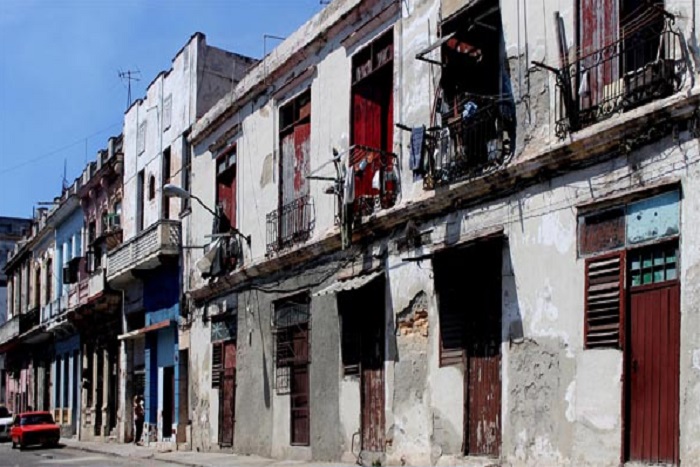
Today, a Cuban family lives inside the premises of the old 212 Bar Club. I asked people who lived nearby if they were aware of the history of the place. Some old-timers still remember, but were noticeably hesitant to talk about it to a foreigner. Centro Habana is probably the most broken down of Havana’s old districts. Its proximity to the sea has led to the deterioration of its proud, beautiful buildings. The Cuban government has seemingly left the place to rot. I walked its immediate environs and conjured up the images I saw in the movie. It would have been quite a sight, and I didn’t mean the working girls showing off their assets, Amsterdam-style.
Apparently, this wasn’t the only red light district in the city of Havana. A much older one could be found near the old dock yards in the area bounded by Calle de la Merced and Calle Paula (now known as L. Perez). The writer Terry did not have a good opinion of this red light district, describing it as “rather indecorous,” for being the preferred haunts of rowdy American sailors and for being a hotspot for sexually transmitted diseases. The port area’s pleasure places, like Kuursal Cabaret, were collectively known by the number soixante-neuf (69). Stag magazine wrote about these cabarets; proclaming that the red-hot nightly revues feature dancers who correctly dance the rumba as an African mating call. Today, this area is more known as the location of the Feria Artesanía at the Almacenes de San Jose.
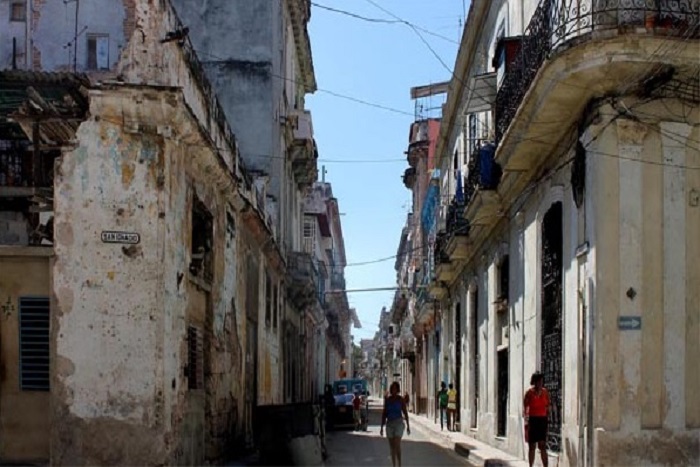
Havana’s Chinatown also has some secrets to hide. Unbeknownst to the tourists and Chinese students who now frequent the many Chinese restaurants along Calle Cuchillo, its immediate environs, specifically the streets of Zanja, Rayo, San Nicolas and Manrique, used to host brothels and burlesque shows in the olden times. The most infamous were the Hotel Chic brothel and the Shanghai Theater cabaret, the last one being a particular favorite of the writer Greene because of its nude cabaret that was featured in the movie Our Man in Havana.
The ill repute of said places was so overwhelming that the succeeding regime totally erased their existence. After a wild goose chase, I managed to sneak myself into a Chinese social club where the ageing Cuban-Chinese inhabitants spend their time playing mahjong. The moment I asked about the old Shanghai Theater, they fell silent. No existe ya (it doesn’t exist anymore), one old Cuban-Chinese man told me. I noticed, however, one of the other men motioning his right hand to the building next door. Lo and behold, there it was, the infamous and unspeakable Shanghai Theater (or, in reality, the shell of the former theater). Its ruined grounds are now used as a Wushu martial arts school. It’s safe to say that the unpleasant history of the place had been totally erased.
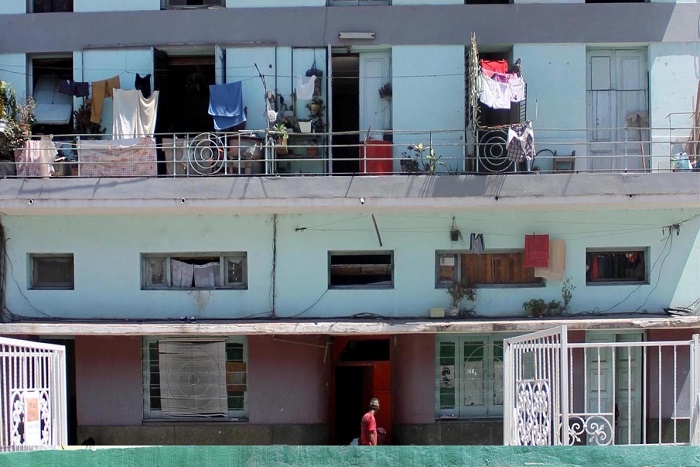
According to Peter Marruzi’s book Havana Before Castro, two of the more famous (or infamous, depending on one’s moral compass) of Havana’s brothels (and the ones that the well-heeled favored) were the Casa Marina in Vedado and the Mambo Club in Marianao. Casa Marina was established by Havana’s Queen of Madams, Doña Marina, who had herself built a palatial castle-like bordello along Malecon. According to Stag magazine, it offered amenities like plush décor, waiters in white suits, and even two nurses, and musicians who would play love songs for a fee. The building still exists as a casa particular or bed and breakfast place.
Mambo Club, on the other hand, was located in the outskirts of the city. At first glance, it gave the impression of being an upscale night club with orchestra, dance floor and bar. Inside the club, however, were corridors and small rooms where the guests could spend time with hostesses. Among the upscale habaneros, Mambo Club was known to be some sort of rite of passage where rich Cuban teenage boys went to “become men.” Mambo Club no longer exists today. It’s old building ruined by neglect and decay after a hurricane hit Havana in the 2000s.
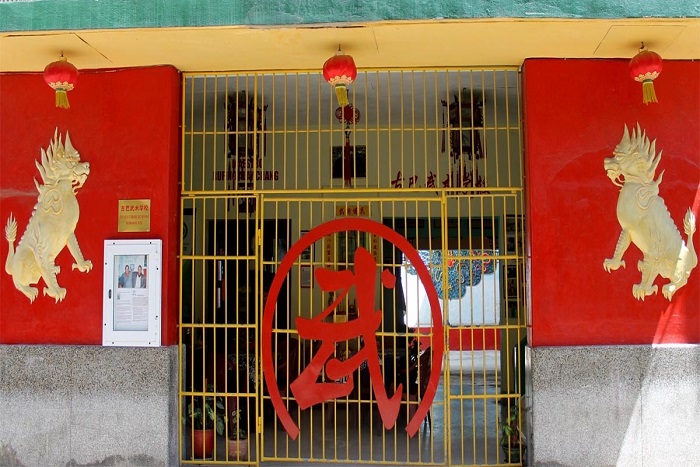
The decadent years before the 1959 revolution added to the resentment of the rebels and the masses who supported them in their quest to oust the dictator, Fulgencio Batista. Amid all the glitter and the pomp was widespread poverty that forced many young women to sell their bodies. On New Year’s Eve of 1959, the whole farce came crashing down, resulting to a mad rush to the exits, while the rejoicing mob smashed to pieces the last vestiges of the casinos.
In the intervening years, the Cuban Government mightily tried to erase all memories of its unwanted past. Former bar girls and prostitutes were trained to become cigar rollers or were sent to reformation schools to become seamstresses and the like. Meanwhile, the buildings that used to house the sordid flesh trade were converted into apartments, restaurants, gymnasiums or multi-use spaces.
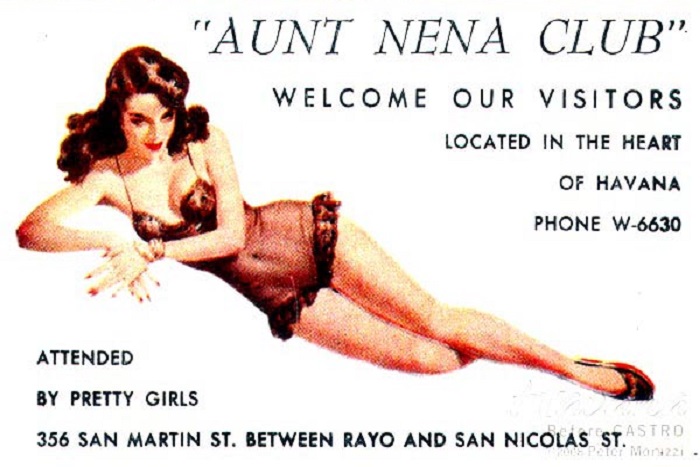
More than fifty years have passed since the barbudo rebels swept into power. While the memories of the sordid red light districts have been completely erased, prostitution, on the other hand, has proven to be more difficult to eradicate. The bright lights of the casinos may have already dimmed, perhaps never to return again. Some things, however, remain the same. When the night falls, Havana finds a familiar spectacle of a long forgotten past lurking in the shadows – that of a beautiful young Cuban woman looking for the companionship of a big-spending tourist.